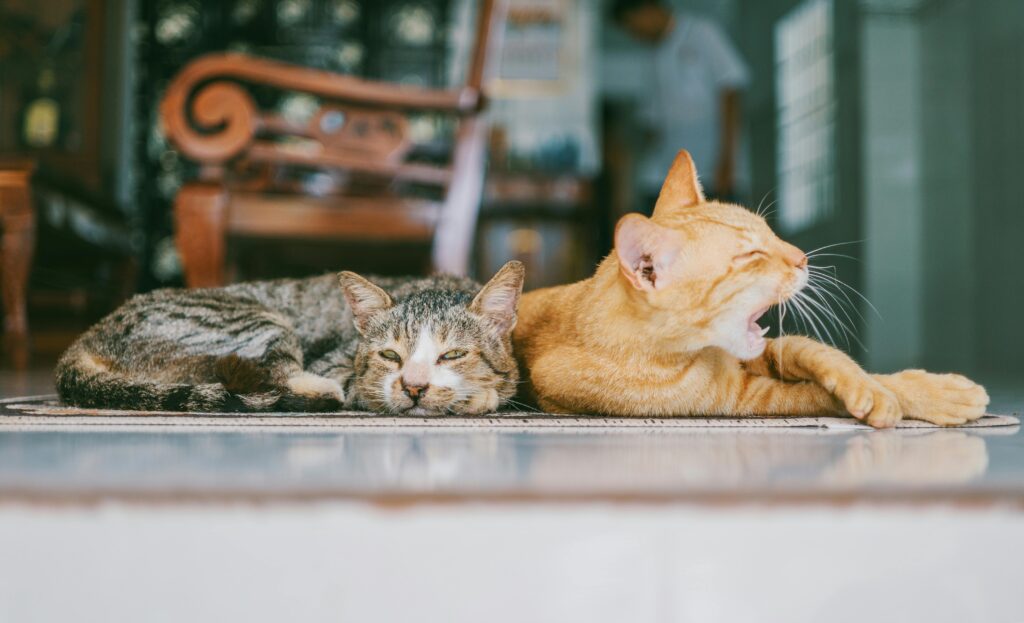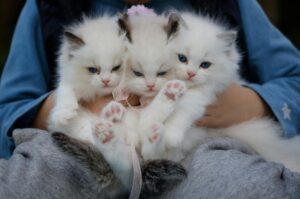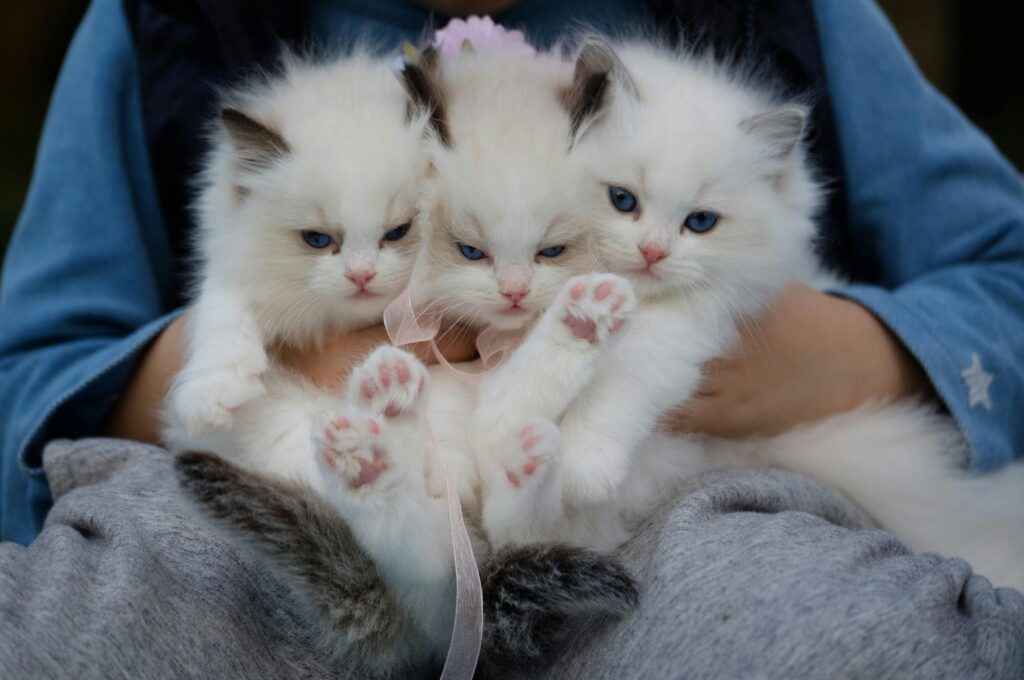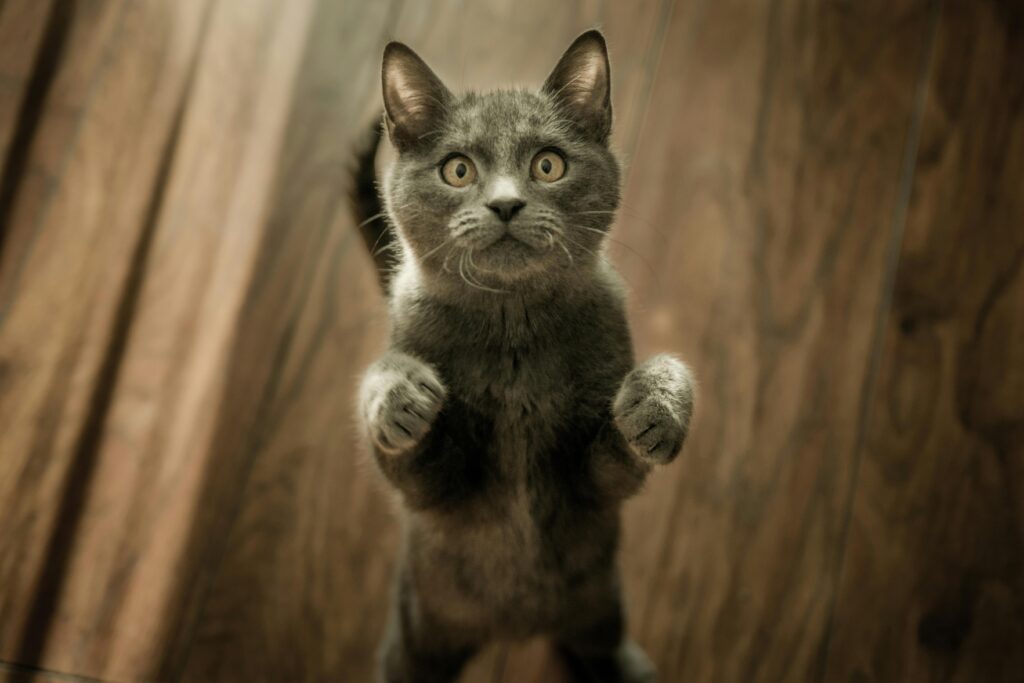Polydactyl Cats 101: Everything You Need to Know About These Lucky ‘Thumbed’ Felines
Polydactyl cats, more commonly known as “cats with thumbs,” are a fascinating and unique phenomenon in the world of felines. Known for their excess toes, cats have been winning the hearts of pet owners and cat lovers for generations. But what makes these cats so special? The guide reveals insights into the world of polydactyl cats, ranging from history to requirements for care, which would make multi-toed felines very outstanding pets. Whether you are thinking about getting a polydactyl cat as a pet or have mere curiosities about their origin, here is everything you need to know.
What Is a Polydactyl Cat?
A polydactyl cat is a cat born with extra numbers of toes on one or more paws. The term “polydactyl” originates from the Greek words “poly” (which means many) and “dactylos” (which means finger or toe). While the majority of cats have five toes on the front and four on the back, polydactyl cats can range up to six, seven, or even more on each paw. It is a genetic trait that can come in any breed and is typically passed down from generation to generation.
How Common Are Polydactyl Cats?
Polydactylism is relatively rare. Nevertheless, that is not the end of the world. It often occurs in certain areas and is dominantly found in North America and parts of Europe. Traditionally, polydactyl cats used to identify with sailors who believed these multi-toed cats could bring good luck on long voyages at sea. Today, polydactyl cats are seen all over the globe without any breed restrictions.
Genetic Cause of Polydactylism
The mutation occurs within the “Pd” gene, a dominant gene. Therefore, if a polydactyl cat breeds, it is very likely that some of the kittens will be polydactyl. However, though the extra toes are caused by the Pd gene, the health and survival of the cat do not depend on this gene.
Polydactyl Cats and Breeds
Polydactylism may be seen in any breed of domestic cat, but some breeds tend to be more highly represented when this condition is present. One such breed is the Maine Coon cat, which is almost certain to have extra toes when that does manifest. It may be a coincidence, but many polydactyl cats arrived in North America on boats used to keep their rodent populations in check, and Maine Coons were one of the top felines on those boats. Although polydactylism is not a breed indicator, it does seem to appear in breeds with historical seafaring traditions.
A History and Folklore of Polydactyl Cats
Polydactyl cats have a history steeped in folklore and superstition. As was pointed out earlier, sailors fell in love with this multi-toed feline, believing them to be good luck. This was because they were believed to have more stability due to the existence of the extra toes; therefore, they would climb better and catch rats in the ships. Polydactyl cats are also referred to as ship’s cats and were very valued for their friendship by the sailors.
Perhaps the most famous association with polydactyl cats is through celebrated author Ernest Hemingway. Hemingway was presented with a polydactyl cat by a ship captain, and soon after fell in love with the breed. Many decades later, Hemingway’s former Key West, Florida home is home to dozens of polydactyl cats. Most of the cats that still roam his former estate are descendants of his original cat. These cats are called “Hemingway cats.” These cats have become a sort of tourist attraction because tourists flock there in huge numbers just to catch a glimpse of the fabled multi-toed felines.
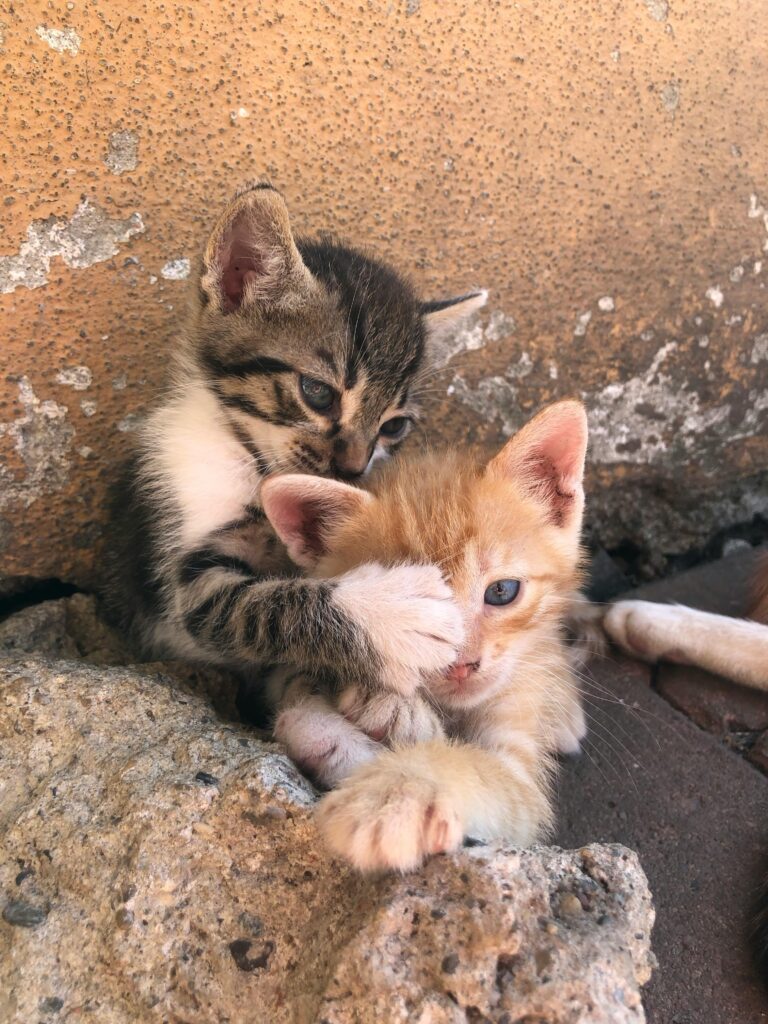
Why Do Polydactyl Cats Have Extra Toes?
We have already said that this mutation, causing extra toes, leads to polydactylism. But why do such mutations occur? Even though scientists are not too sure why this particular mutation occurs, it surely doesn’t harm the cat. Instead, many of these cats with extra toes are more agile, even dexterous, than their five-toed siblings.
Benefits of extra toes
In other instances, having more toes has some advantageous aspects. The extra digits on the polydactyl cat give the animal a better grip; they are therefore great climbers. Such a trait could have facilitated the sailors’ belief that such cats catch their prey better. Besides this, most breeders of polydactyl cats argue that their cats seem to use the extra toes almost like a thumb which allows them to hold toys and objects in ways other cats can never be thought of to do.
Are Polydactyl Cats Healthier or at Risk?
One question would-be owners of polydactyl cats ask most frequently is whether these cats, by their extra toes, are somehow health-restricted. Fortunately, it is generally agreed that polydactylism is usually not linked to any specific serious health issues. That having been said, there are a few things to watch out for with a polydactyl cat.
Health Issues
Nail Care: The polydactyl often has extra claws; these might grow in abnormal directions or get embedded inside the paw pad without proper maintenance. The frequency of nail trimming is necessary to prevent pain or damage to those claws that may start growing in awkward directions in between the other remaining claws or even toward the internal parts of the paw.
Joint and Bone Health: While extremely rare, some polydactyl cats develop joint or bone disease if their extra toes either impede gait or cause an uneven gait. Be aware of your cat for an unusual gait and bring the instance to the vet’s attention if you ever do.
Infections: Sometimes, extra toes lead to higher susceptibility to infections, especially if debris or dirt gets lodged between the toes. Frequent checking and cleaning of your cat’s paws will help prevent infections.
Apart from these concerns, on the whole, polydactyl cats are as healthy as any other cat, and their extra toes are more of an interesting feature rather than a medical concern. contact us for your furry friend
How to Take Care of a Polydactyl Cat?
Polydactyl cats need the same general care as any other cat but with some minor adjustments for the extra toe. Here are the tips that ensure your multi-toed feline stays happy and healthy:
1.Regular Paw Maintenance
As polydactyl cats have more toes, so do they need more claws that you must monitor. Make sure that its claws do not grow into the paw pads; it is better to trim those when necessary. If confused about the right way to trim their claws, the veterinarian can teach them how to do it correctly.
2. Be on the lookout for Mobility Problems
Most polydactyl cats lead healthy, issue-free lives as far as movement is concerned, although it is still worth keeping an eye open for limping, stiffness, or pain. Should you see your cat using only one paw, limping, or having other difficulties in walking, the veterinarian should check for basic bone or joint issues.
3. Enrichment and Play
Polydactyl cats are extremely dexterous and enjoy exercising when they can put their paws into action. Give your cat play toys, which will stimulate the movement of their paws, even something like a puzzle toy or interactive feeder. This will keep your cat’s mind fresh while fine-tuning their natural abilities.
4. Regular Vet Checkups
Any polydactyl cat, just like any feline in general, requires regular veterinary care. Take your kitty under regular check-ups, vaccinations, and dental cleanings to make sure he remains healthy. Larger or contorted toes in your kitty will make it easier for your vet to catch any impending problems in their paws.
Why Polydactyl Cats Make Great Pets?
Polydactyl cats have so much more to offer as pets aside from their appearances. Their extra toes seem to give them a little added wonder and curiosity, which in turn make them engrossing pet companions. Most polydactyl cat owners have described their cats as extremely interactive, using their paws in ways others don’t. This dexterity could make playtime very fun since there will be a more pronounced ability to manipulate toys and objects for polydactyl cats.
These polydactyl cats are not just adorable-looking; they also have a playful and quirky nature that endears them to pet owners. It might be because of the extra toes, their colorful history, or perhaps their agility, but a polydactyl cat carries itself into every home as if full of wonder and delights.
Conclusion:
Polydactyl cats, with their additional paws and interesting history, make great pets. These little multi-toed felines can be both physically different and filled with captivating personalities and deep cultural heritage. Despite possibly requiring a little more paw pampering, polydactyl cats tend to be healthy, energetic, and pleasant companions. Whether you have adopted a polydactyl kitten or already have one in your family, these “thumbed” cats will bring joy and fascination to your life.
We celebrate all of the unique qualities of cats-and polydactyl felines are not an exception and all of the wonderful things about cats, including their loving natures and playful spirits. And with that little extra something extra those extra toes certainly do put them ahead of the curve, they are beloved pets in houses all over the world. So if you are looking for a cat with that little something, then a polydactyl cat might be the perfect addition for you and your family!

